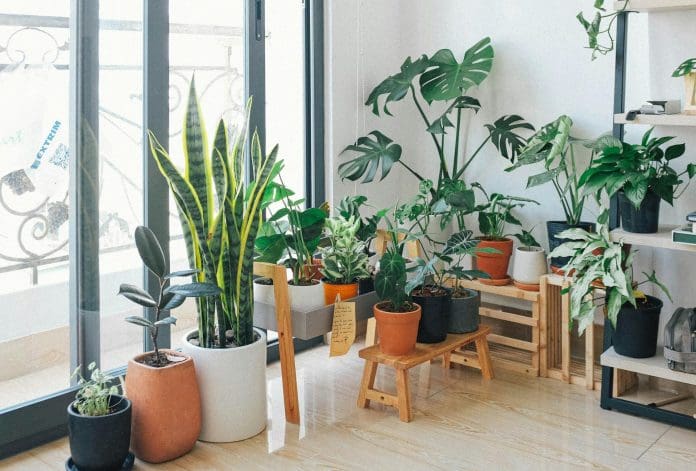With the increasing trend of sustainable living and minimizing our carbon footprint, more and more people are turning towards gardening as a way to contribute to a healthier environment. However, for many beginners, gardening can seem like a daunting task that requires constant care and attention. The good news is, with proper planning and some useful tips, you can create a low-maintenance garden that will not only beautify your space but also save you time and effort in the long run.
In this article, we will share six essential tips that will help you create and maintain a low-maintenance garden without compromising on its aesthetics or functionality.
Find the Right Gardening Gear
The first step towards creating a low-maintenance garden is to invest in the right gardening gear. This includes planters, gardening tools, and protective gear such as gloves, hats, and knee pads. For instance, as seen at harpersnurseries.com, there are various planters and containers available that require minimal maintenance and can withstand harsh weather conditions. Similarly, choosing high-quality gardening tools will make your work easier and more efficient.
Additionally, investing in good-quality protective gear will prevent any injuries or discomfort while gardening. By having the right gear, you can save time and effort in the long run, making your gardening experience more enjoyable.
Choose Native and Drought-Resistant Plants
Choosing the right plants for your garden is crucial to its low-maintenance success. Opting for native plants is a smart choice as they are naturally adapted to the local climate and require less water, fertilizer, and pest control. They also have a higher chance of surviving and thriving in their natural environment without much human intervention.
Moreover, selecting drought-resistant plants that can withstand long periods of dry weather will reduce the need for frequent watering and save you time and resources. Do your research and consult with local experts to choose the best plants for your low-maintenance garden.
Use Mulch to Retain Moisture
Mulching is an effective way to retain moisture in your garden, reducing the need for constant watering. Mulch acts as a protective layer on top of the soil, preventing evaporation and keeping the soil moist for longer periods. This is particularly beneficial during hot summer months when water tends to evaporate quickly.
Additionally, mulch also helps suppress weed growth, reducing the need for frequent weeding. You can use organic materials such as bark, compost, or shredded leaves as mulch. Spread a layer of about 2-3 inches on top of the soil around your plants for optimal moisture retention.
Group Plants According to their Watering Needs
To minimize water usage and save time, it is important to group plants with similar watering needs together in your garden. This will prevent overwatering or underwatering certain plants, which can lead to their decline or death. Consider factors such as sunlight, soil type, and drainage when grouping plants.
For instance, plants that require more frequent watering should be placed in an area with easy access to a water source. On the other hand, drought-tolerant plants can be grouped together in an area with less frequent watering requirements. This simple tip can significantly reduce the maintenance needed for your garden.
Invest in Automated Irrigation Systems
Automated irrigation systems are a game-changer when it comes to low-maintenance gardening. These systems can be set on timers and deliver water directly to the plant’s roots, reducing water waste and the need for manual watering. Furthermore, you can customize the system based on the specific watering needs of your plants, making it more efficient and cost-effective.
There are various types of automated irrigation systems available, such as drip irrigation, sprinkler systems, and soaker hoses. Consult with a professional to determine which system is best suited for your low-maintenance garden.
Implement Companion Planting Techniques

Companion planting is the practice of growing different plants together to benefit each other and create a balanced ecosystem. This technique can help reduce pests, improve soil health, and provide natural support for plant growth. For instance, planting herbs such as basil or mint alongside vegetables can repel pests and attract pollinators, resulting in a healthier and more productive garden.
Additionally, companion planting can also help conserve space and reduce the need for frequent replanting, making it ideal for low-maintenance gardening. Do some research and plan your garden layout to incorporate companion planting techniques for maximum benefits.
Creating a low-maintenance garden is achievable with the right planning and techniques. By finding the right gardening gear, choosing native and drought-resistant plants, using mulch to retain moisture, grouping plants according to their watering needs, investing in automated irrigation systems, and implementing companion planting techniques, you can minimize the time and effort required to maintain your garden while still enjoying its beauty and benefits.



























